The National Science Foundation (NSF) created the International Research Experiences for Students (IRES) program to foster global collaboration in science and engineering.
Caryn Heldt, James and Lorna Mack Chair in Bioengineering and associate professor of chemical engineering at Michigan Technological University, leads the IRES Singapore project. She says the program's goal is three-fold: to give students lab experience (going way beyond cleaning glassware), to learn techniques to improve interdisciplinary collaboration and to sharpen their communication skills.
IRES projects span many disciplines and countries. Heldt’s cohorts — running their third and final year this summer — have focused on biosensors in Denmark to nanotechnology and viruses in Singapore.
“Over the three years of the IRES program, it has been amazing to see so many students grow. We have taken several students who applied for passports because of this program and they have become confident researchers and people,” Heldt said, adding that last year three students won awards at regional and national conferences for their work. “I'm so proud of everything they have accomplished. I have also gotten to know many researchers and am excited to continue many fruitful collaborations with the researchers in Singapore.”
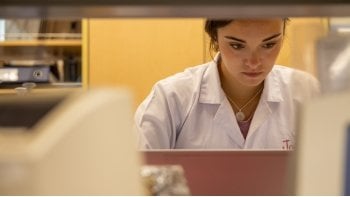
The students work with several bioengineering experts during their eight-week stay, including James Kah and Justin (C.J.) Chu Jang Hann at the National University of Singapore (NUS) and Jiong-wei Wang in the Yong Loo School of Medicine. The crew also works with Erin Smith, director of the Humanities Digital Media Zone and a principal lecturer in digital media and cinema in the Department of Humanities at Michigan Tech.
“Often, those new to research conceive of communication as a last step, rather than as an integral part of the research experience,” Smith said. “It’s been a pleasure to introduce the IRES students to new tools, platforms and approaches that enable them to think more broadly about how to extend the conversation to new audiences and create new networks with colleagues across disciplines and continents.”
Follow the students on social media — @IRES_Singapore on Twitter and Instagram — and keep up with all their lab work and adventures.
"I’m eager to learn how to build a connection between science and communication because this helps make a great scientist. I’m grateful for this opportunity because it will create a well-rounded educational experience while pushing myself outside my comfort zone."
Goal One: Lab Experience
The students work on several different projects. All are related to health science and nanotechnology but focus on different tools and techniques. Generally speaking, a science student and an engineering student pair up on a project to develop and share complementary lab skills.
One project focuses on disease diagnosis using gold nanoparticles that change colors when they come in contact with certain chemicals. The most common example is an over-the-counter pregnancy test. But these measure key biomarkers in urine within a range of one to two nanograms in a milliliter — and infectious viruses can be 10,000 times less concentrated. Most samples from patients are a drop of blood or saliva, so viruses are difficult to detect. That’s where the nanoparticles come in.
"We’ve made progress on the gold nanoparticle project, but we still have a lot to do. There might always be new things coming up to test and optimize, but that’s research."
Miniscule, gold nanoparticles can form in many different shapes, which affects how the particle might interact with a virus. Some shapes may be sensitive enough to overcome the stacked odds. Kah’s lab focuses on using spheres and rods of gold nanoparticles to detect viruses — and perhaps even treat them.
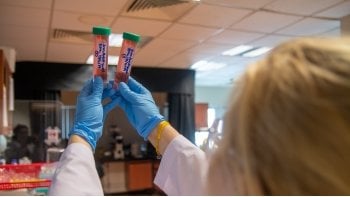
The make-up of the virus itself may also affect virus detection and treatment. To this end some of the students are studying the proteins that make up the outer shells of viruses. It’s part of what makes virology so complicated — every virus type is a little different.
However, Heldt’s lab have found a way to get viruses to clump. They use a technique called flocculation where they take advantage of the sticky surface chemistry of viruses. While in Singapore, the team will also be using chromatography — a lab technique to separate mixtures — which one of the students describes as opening a bag of M&Ms and only eating the blue ones.
"Our ultimate goal is to isolate virus like particles (VLPs) that could potentially be used in a vaccine for hand foot and mouth (HFM) disease. My objective is to optimize the upstream portion, the expression of the VLPs: It’s like growing a field of strawberries and trying to get the most strawberries out of the same number of plants, except my strawberries are viruses and my plants are hamster cells."
Goal Two: Interdisciplinary How-To
Science is not built on big Eureka! moments enjoyed by wizened hermits in their Ivory Towers. While the science, technology, engineering and math (STEM) fields certainly boast a few of those breakthroughs, the best practices of modern STEM research rely on small, carefully measured steps.
Over time the incremental nature of research spawned many specialties. Deep dives into specific projects helps students connect the dots between their coursework as well as the work of their peers and international research community.
"This opportunity gives me the chance to learn about diversity; culturally, and in the work place, to become a more versatile engineer with the ability to solve interdisciplinary problems. I am most excited about learning how scientists in different fields approach the same problems that I do as an engineer."
Goal Three: STEM Communication
Global interdisciplinary research calls for finding common ground. Part of the work requires speaking to technical audiences — using posters, papers, presentations and more mundane workplace communication tools. Another part is distilling the research for nontechnical audiences.
"As biomedical technology advances scientific communication becomes more and more important. A side effect of this constant scientific revolution, especially in the biomedical sphere, is increasing specialization. We need doctors, scientists and engineers that are capable of bridging those gaps in specialization by communicating in a way that ultimately produces products that are most effective and convenient for patients."
Michigan Technological University is an R1 public research university founded in 1885 in Houghton, and is home to nearly 7,500 students from more than 60 countries around the world. Consistently ranked among the best universities in the country for return on investment, Michigan's flagship technological university offers more than 185 undergraduate and graduate degree programs in science and technology, engineering, computing, forestry, business, health professions, humanities, mathematics, social sciences, and the arts. The rural campus is situated just miles from Lake Superior in Michigan's Upper Peninsula, offering year-round opportunities for outdoor adventure.
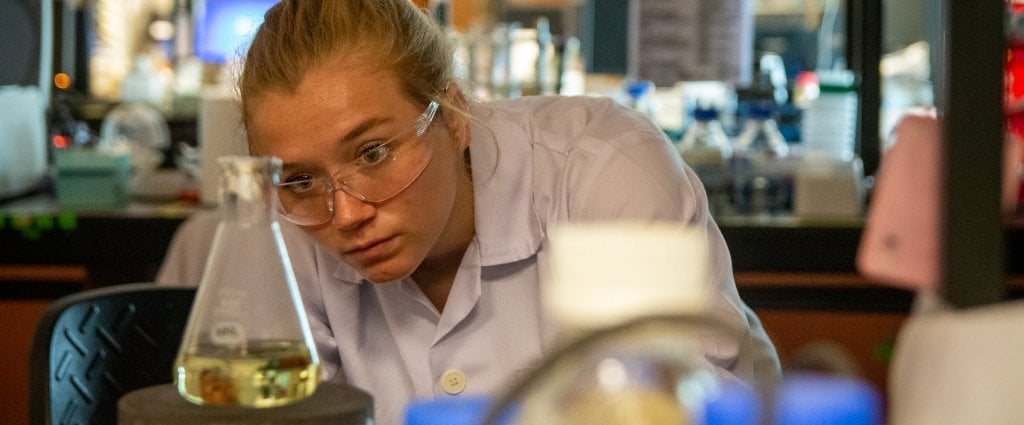

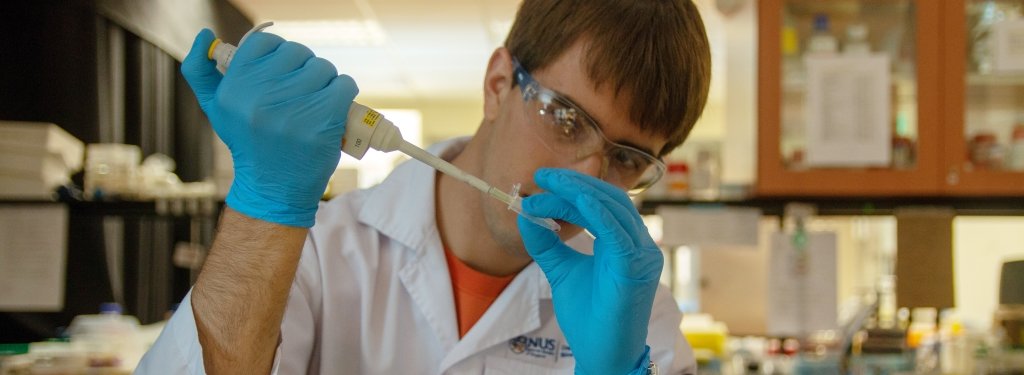
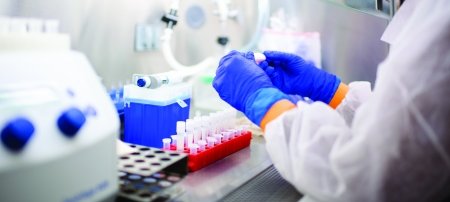
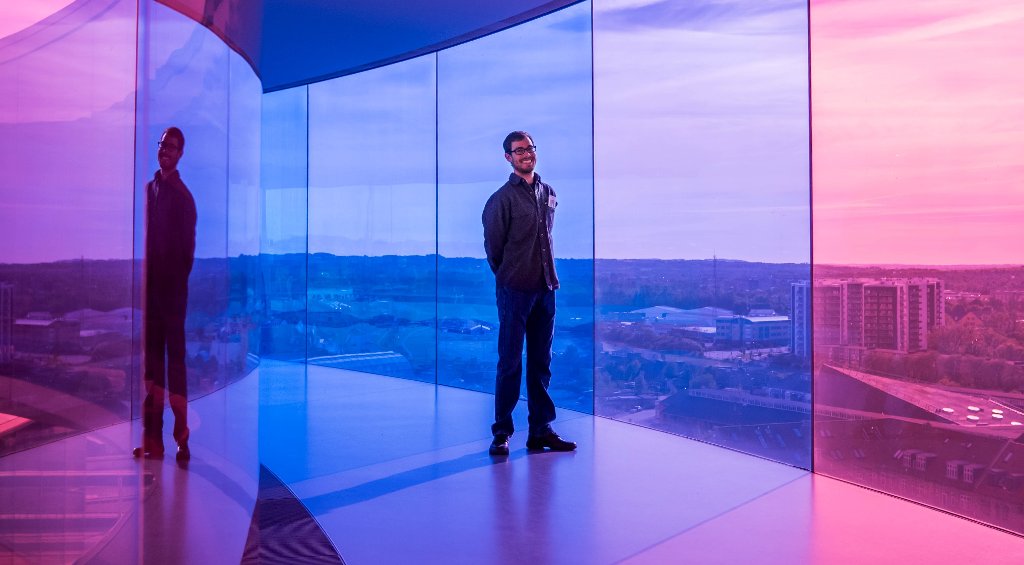
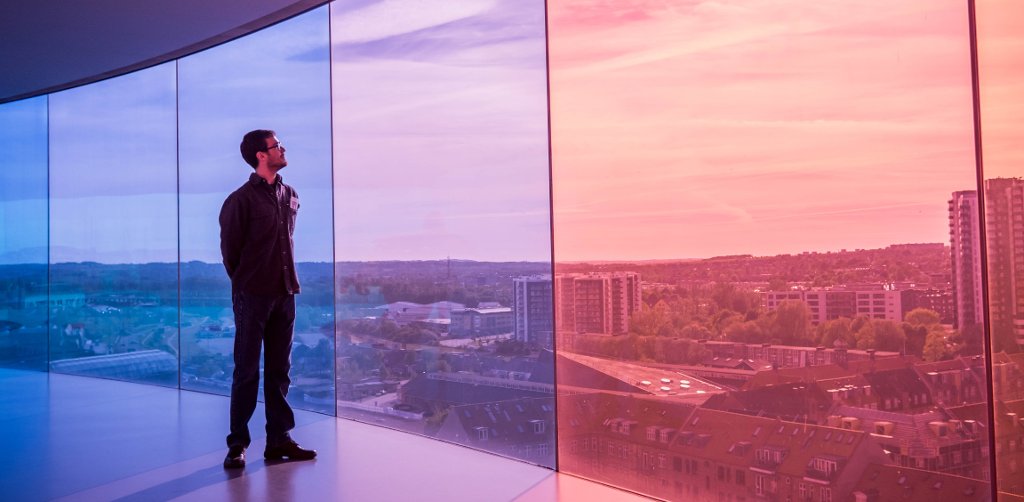
Comments